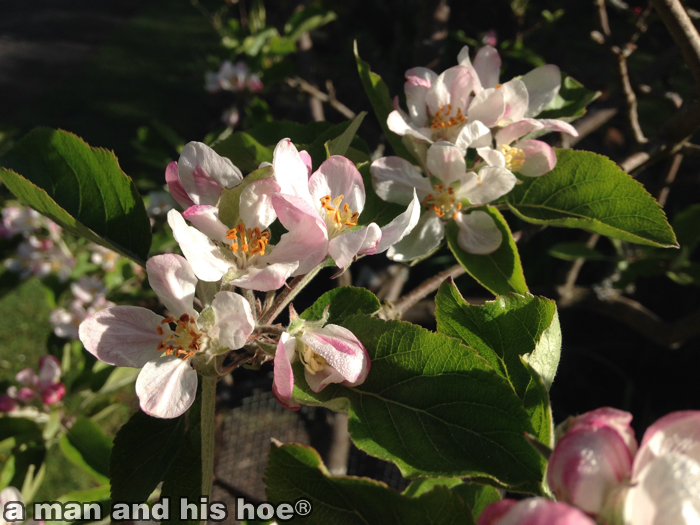Your cart is currently empty!
Month: April 2015
-
Fast Food
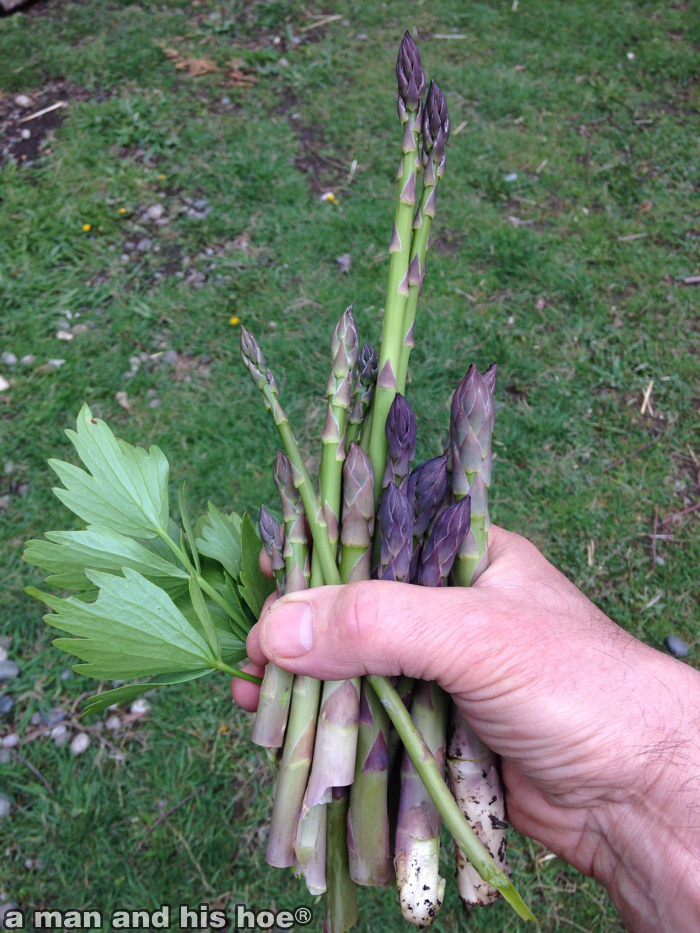
This is my idea of fast food. Around here, going out into the garden and seeing what’s for dinner, is fast food. I can have supper on the table faster than it takes to go through the drive-through at many fast food joints, let alone drive there and back. Who knew fast food could be so good.
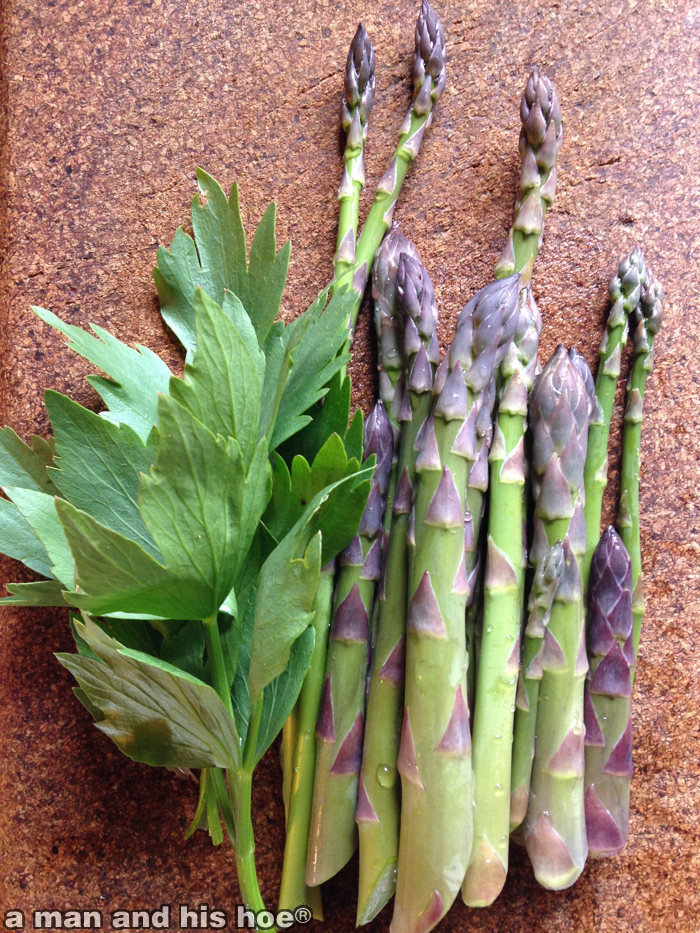
-
Green and Purple
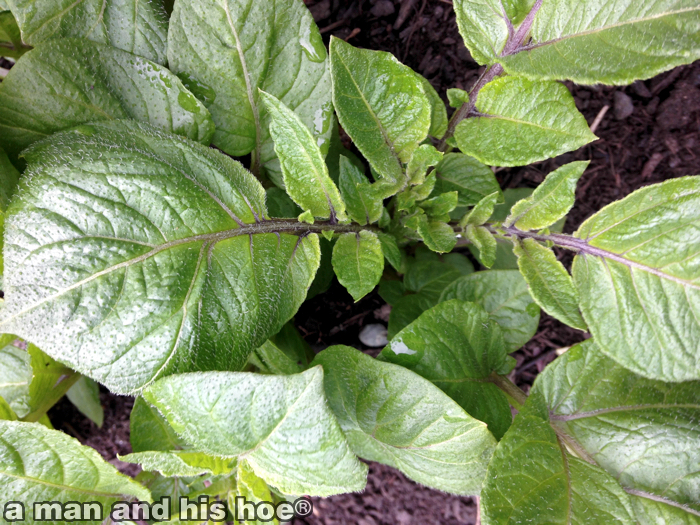
This is a good thing. I’ve got about 200 more potatoes to plant to finish the 400 feet of potato rows I’m growing this year. The purple potatoes I planted toward the end of March are shooting up, sending vibrant green leaves highlighted with purple veins and stems.
Potatoes are such beautiful plants. From the moment they spread their first leaves until they bloom, potato plants are gorgeous.
-
Happy, Happy, Happy

Everyone is happy, happy, happy, at the end of the day, especially Skunky. Skunky’s mother has all her little ones rolling around in the dirt. Skunky kicks and digs in the dirt, rolling onto its back and having a great time. This is what Earth Day looks like, a mother hen and her happy, happy chicks.
Little chicks’ need for love is infinite. It takes a mother hen’s heart to satisfy their needs.




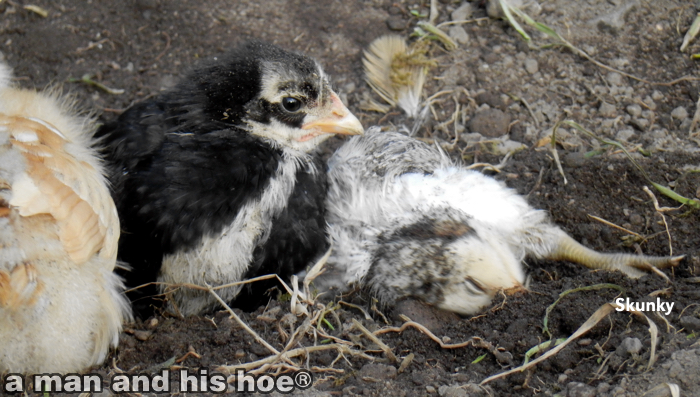

-
Drab and Splashy
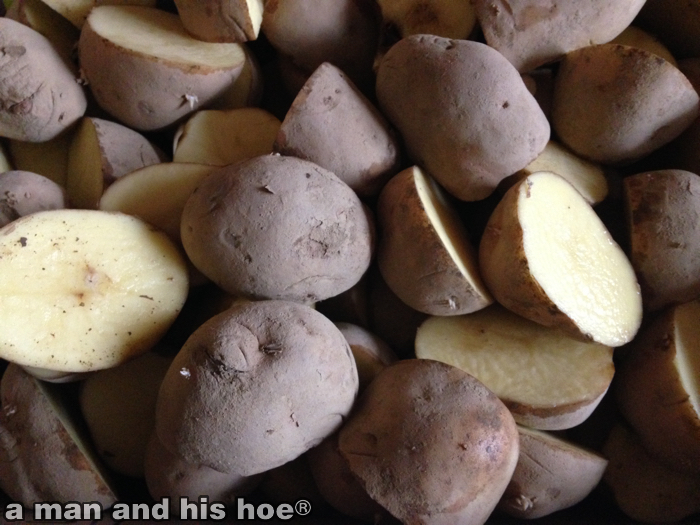
The last of the potatoes will be going into the ground this week. Few things look as drab as a pile of seed potatoes destined for the soil. As I cut the seed potatoes, I close my eye and envision rows of blooming potato plants. The purple potatoes have purple flowers, the rose potatoes have pink flowers, and the yellow potatoes have white flowers. The first time I saw a potato plant bloom, I was so surprised. I had no idea they bloomed or were so beautiful. Based on how many potatoes I am planting, I may harvest a ton of potatoes by the end of the season.
What aren’t drab are the silicone baking cups I got today. In mid summer, I may even use these for baking some potato dish.
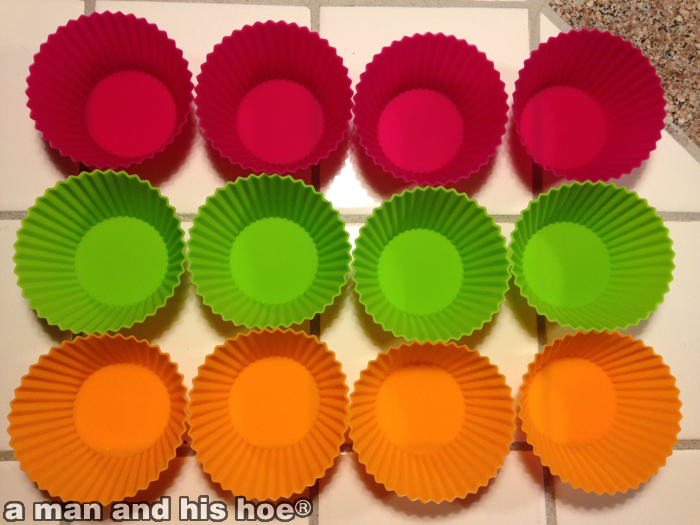
-
When Are Apple’s Most Beautiful?
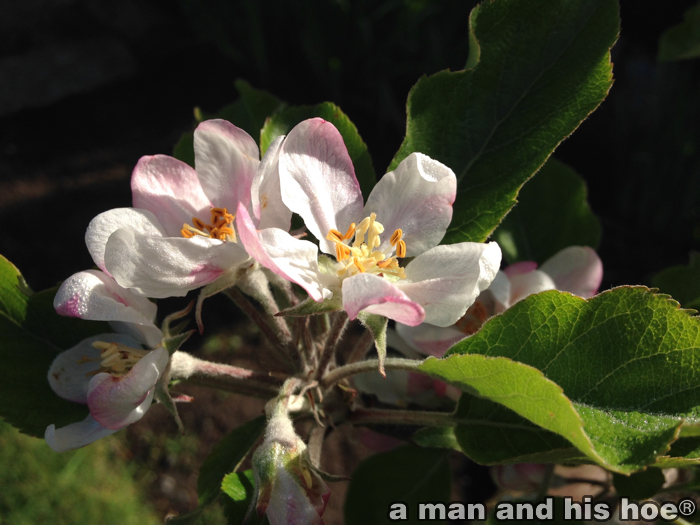
When are apple’s at their most beautiful? When they first bloom or when they ripen? It’s hard to decide when they are in full bloom. It’s hard to believe that these delicate blossoms will, by fall, be heavy, crisp, sweet, juicy apples.
